According to a report released on August 1 by the World Bank (WB), more than 100 countries may face obstacles on the path from low-income countries to high-income countries in the coming decades.
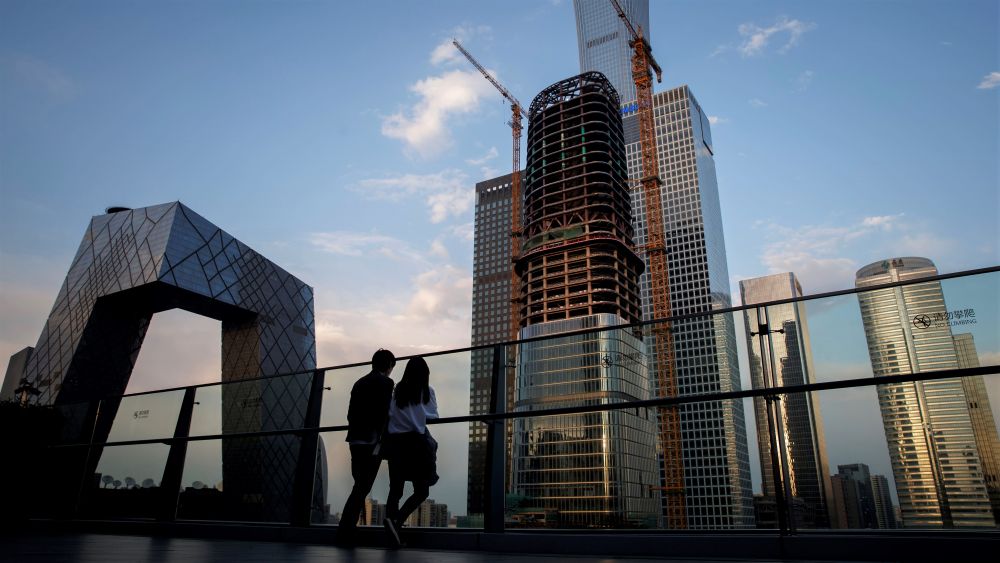 |
| Beijing's central business district: China is poised to become a high-income country by 2023 and surpass the US's GDP by the end of the decade. (Source: Nikkei Asia) |
As countries get richer, most will stagnate at 10% of the US's annual GDP per capita, the WB notes. This is known as the middle-income trap.
By the end of 2023, 108 countries will be considered middle-income countries, with each having an annual GDP per capita between $1,136 and $13,845.
According to the WB report, the ambition of these 108 countries is to become high-income countries in the next 2-3 decades.
Since 1990, only 34 low-income countries have succeeded in this transition, a number that the World Bank considers low. Growth slowdowns occur more frequently in low-income countries than in high-income countries.
The bank's estimates suggest that if investment for growth continues at recent trends, most low-income countries could see a significant slowdown between 2024 and 2100.
"One reason why countries stagnate in income is inappropriate development policies," the WB affirmed.
Middle-income countries must take a three-pronged approach, focusing not only on domestic investment but also on adopting technologies and business models like more advanced economies , the report says.
Only when a country successfully invests in and applies technology can it focus on innovation.
The WB also warned of the risks of protectionism, which could hinder the flow of knowledge to low- and middle-income countries.
"Innovation power brings new ideas, products, processes and practices to middle-income countries," the WB stressed.
An unchanging business model also stifles innovation and growth.
According to the WB, new businesses with new products, production processes or ideas can also fail, a core principle of innovation.
Growth requires innovation, talent and skills, which can be shaped through effective policy decisions.
The WB notes that low-income countries have more limited skilled human resources than developed economies and use them less efficiently.
The WB believes that the middle-income trap affects the whole world, as middle-income countries are home to three-quarters of the population and nearly two-thirds of them are living in extreme poverty.
These countries account for 40% of GDP and nearly two-thirds of global emissions.
Global efforts to end extreme poverty and spread prosperity will depend on whether middle-income countries succeed or fail.
Source: https://baoquocte.vn/world-bank-bay-thu-nhap-trung-binh-tac-dong-den-ca-the-gioi-281096.html


![[Photo] Urgently help people soon have a place to live and stabilize their lives](/_next/image?url=https%3A%2F%2Fvphoto.vietnam.vn%2Fthumb%2F1200x675%2Fvietnam%2Fresource%2FIMAGE%2F2025%2F12%2F09%2F1765248230297_c-jpg.webp&w=3840&q=75)







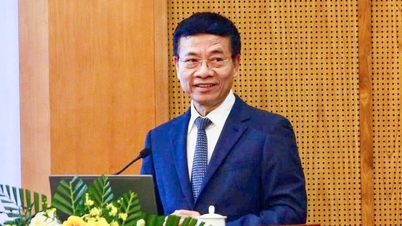

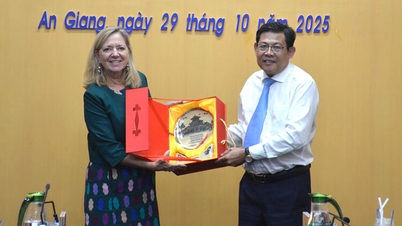






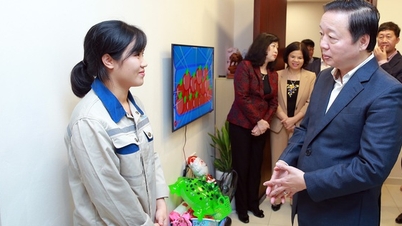




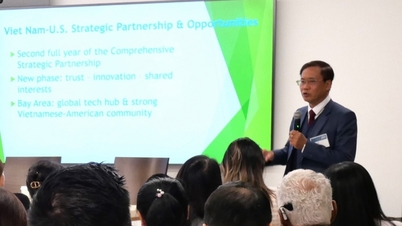




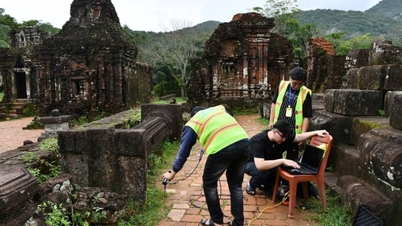










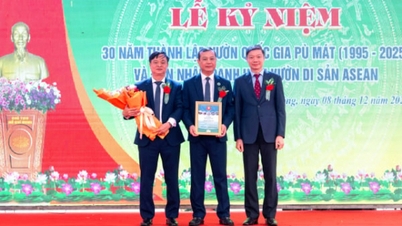


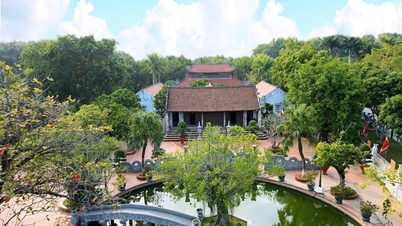




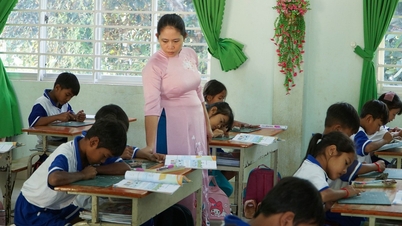

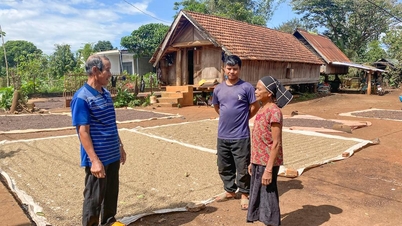





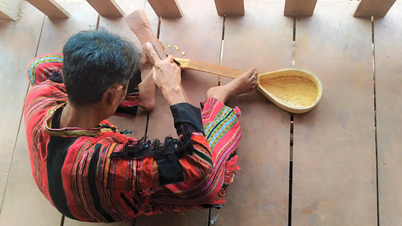


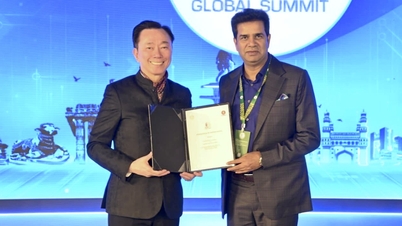





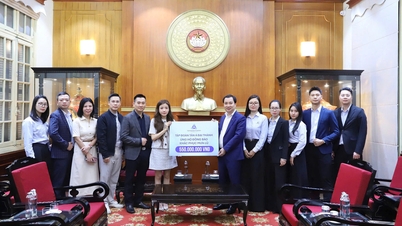







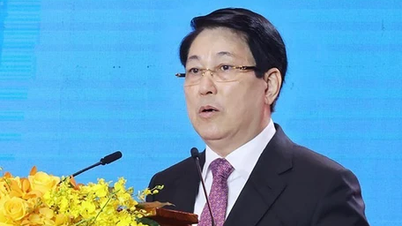




![[Photo] General Secretary To Lam works with the Standing Committees of the 14th Party Congress Subcommittees](https://vphoto.vietnam.vn/thumb/402x226/vietnam/resource/IMAGE/2025/12/09/1765265023554_image.jpeg)








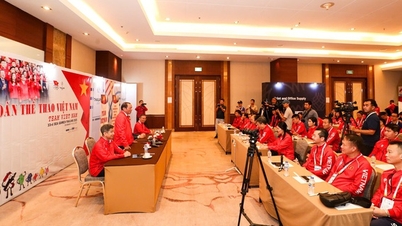


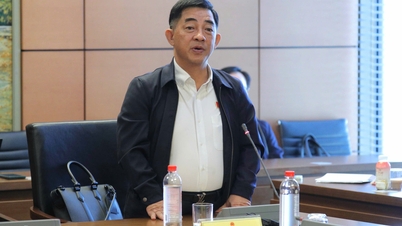






















Comment (0)